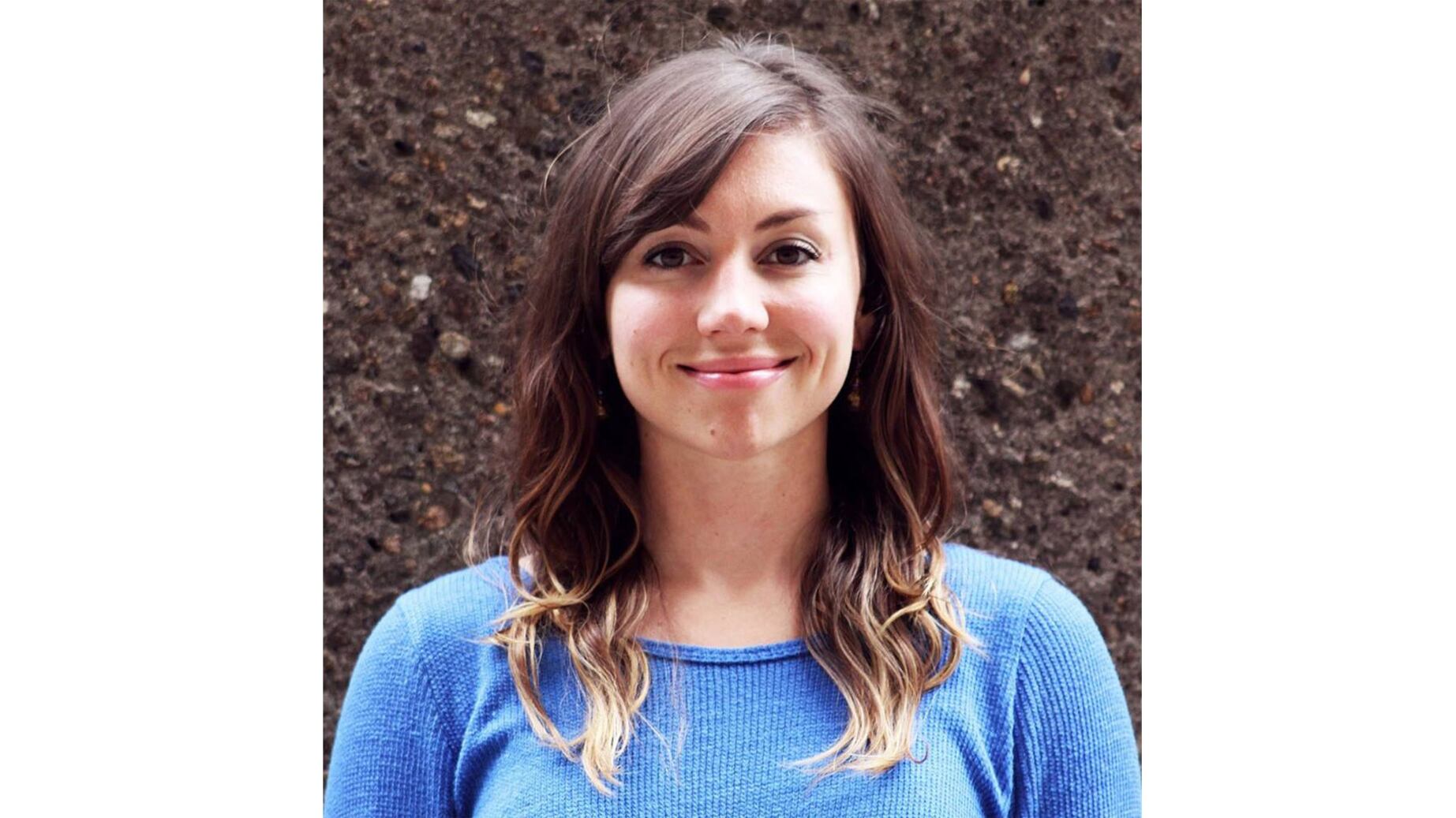What sparked your initial interest in the relationship between cannabis and opioids?
How would you characterize the goal of your research?
The end goal and the hypothesis has always been, how can we effectively use cannabis in conjunction with opioids in order to maximize the beneficial effects of opioids, and minimize the negative side effects. That's always been the basis of my work, whether it's reducing tolerance, eliminating dose escalation — that's where people continue to take higher doses over time leading to misuse, abuse and eventually overdose. That's really the central hypothesis, that by using these things in conjunction, you can actually get better pain relief, not have this dose escalation and not develop all of this dependence and propensity for abuse and overdose. That's the ultimate goal, to keep people alive.
How do you know there's a positive effect of cannabinoids on opioid users?
We know by looking at states that have passed medicinal cannabis laws. When they instate those laws, there is, on average, a 25 percent drop in opioid overdoses. Clearly there’s some sort of beneficial effect of cannabis. It’s literally keeping people alive. My hypothesis is it is because of this prevention in dose escalation, people have their pain reliving needs met by cannabis, and therefore they don’t need to turn to opioids.
What are some contributing factors to this opioid epidemic?
Obviously opioids are pain relievers. The vast majority of pain relievers, opioids, are prescribed by a family care physician — your neighborhood doctor — because that’s who a vast majority of people go to when they have something wrong. Pain is an incredibly ubiquitous experience. Every man, woman and child on this planet is going to experience severe or chronic pain at some point in their life. In fact, right now anywhere between 30 and 40 percent of this country, at this very moment, is experiencing pain. The easiest solution we have at the moment, is to write a prescription. Family doctors are pressed for time. They have on average 13 minutes with each patient. There’s just not enough time and not enough education on the family physician’s part to devote to accurately and sustainably treating that pain. Doctors only get about 10 hours of training on pain relief and pain management. Veterinarians in this country get 50 hours of pain training. There’s this severe problem where doctors just don’t know how to deal with pain, so they write a prescription. They don’t have the time to do anything else. That’s at least one contributor to this huge epidemic we have.
Why hasn't the emergence of medicinal cannabis to fight opioid addiction been stronger? What's the roadblock?
Right now, medicinal cannabis use in humans is sort of the largest experiment in all of human history, and nobody has been systematically studying it on a large level. That is what Habu Health intends to do, to apply all of my scientifically rigorous training to the cannabis experience in order to, on a large scale, conduct these retrospective human studies.
Fortunately, the National Institute on Drug Abuse (NIDA) has always been interested in my work. As of today, and for all of U.S. History, the means by which you can study cannabis and cannabinoids is by taking this drug abuse angle. That's why we have a lot of data that shows a lot of the deleterious of cannabis and negative things that happen, you know, such as chronic use in adolescents causes ailments x, y and z in adulthood. That's why we have that data because of NIDA.
Cultivation Classic is Friday, May 12 at Revolution Hall, 1300 SE Stark Street. 12-8:30 pm. $25. Tickets are available here.

